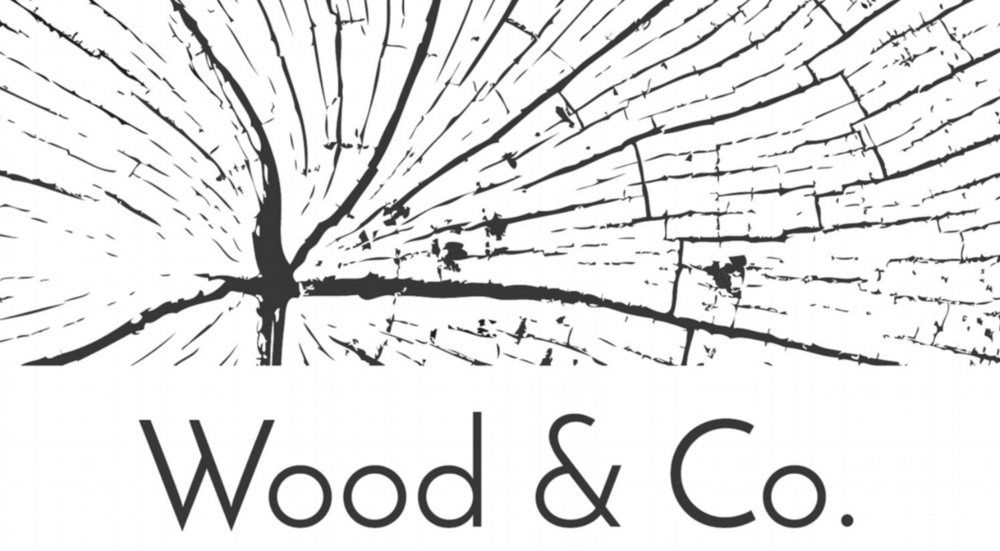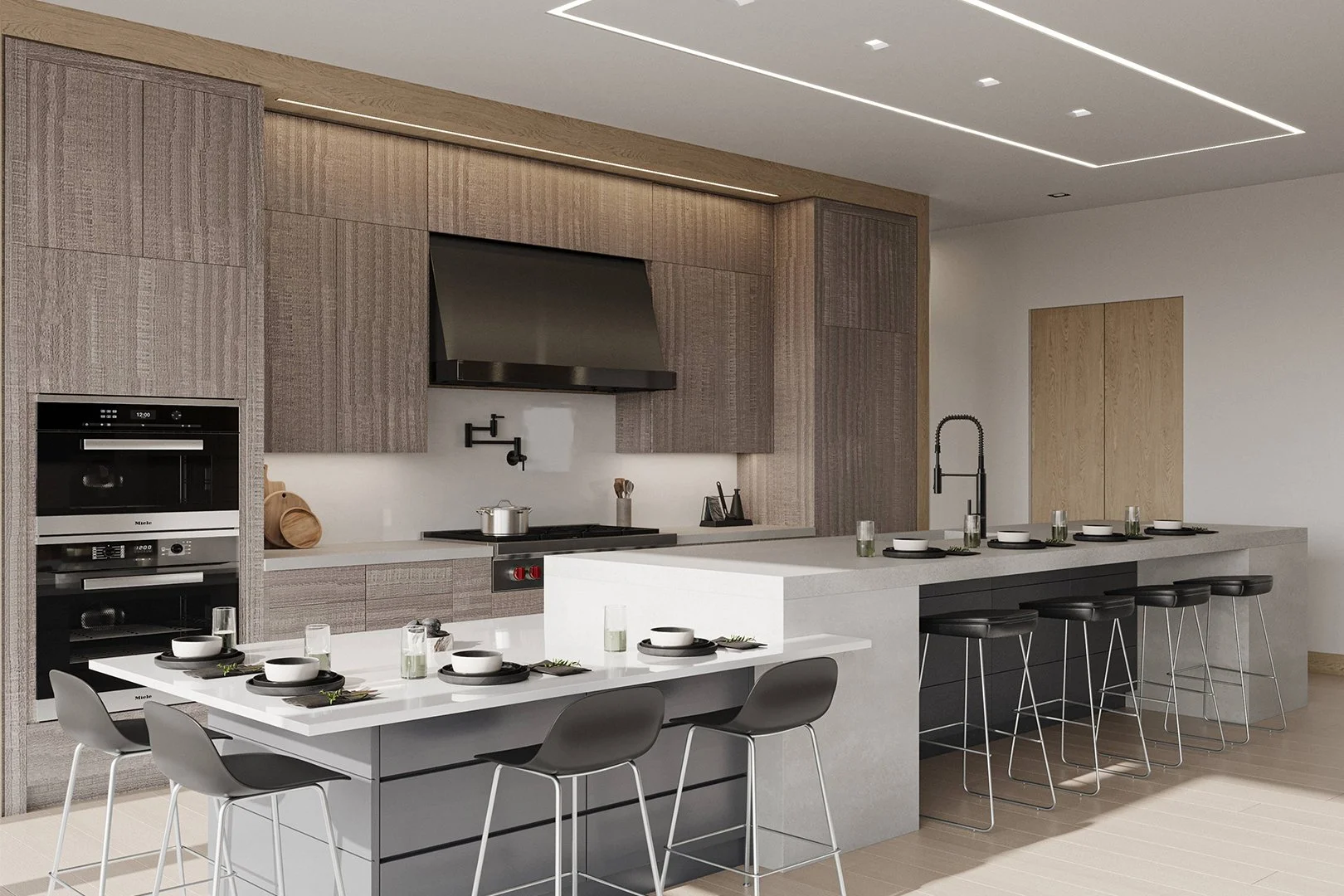Whether you’re just starting out or you’re a long time wine collector, we know that this passion takes a considerable amount of time, effort, and money. Wine is delicate and needs to be stored in the right conditions to develop that wonderful taste we crave.
In this article, we outline the basics of storing wine, and things to consider if you’re planning to build your own wine closet or wine cellar at home. No matter the size of your collection, whether 1 or 1000 bottles, you’ll benefit from learning more about taking care of your precious drinks.
Importance of Proper Wine Storage
Most people know that wine has to be stored in a certain way. What some people don’t understand is why this is the case. It’s not uncommon for people to underestimate the importance of proper wine storage. There are, generally, 3 reasons why it’s vital to store wine correctly.
1. Wine Can Spoil
Unlike other spirits such as gin and whiskey, wine can spoil. Improper storage, especially in high temperatures, speeds up the aging process. You’re going to end up with cooked wine that tastes like burnt fruit preserves. Your fine wine can also become rancid vinegar if it becomes exposed to too much oxygen.
2. Complex Wine Chemistry
Aside from the nightmare of spoiled wine, improper wine storage can also result in bad tasting wine. This is because wine’s delightful flavors come from various chemical reactions happening over a period of time. It’s a delicate balance between amino acids, sugars, carbohydrates, and phenolic compounds. Storage conditions can speed up or slow down different chemical reactions at varying rates. This can cause unwanted effects that negatively affect the wine’s flavor and aroma.
3. Value of Wine
The value of premium aged wines has become common knowledge in this day and age. It’s not surprising that some even use wine as a way to diversify their investment portfolios. Even a modest collection of wine can cost tens and thousands of dollars. When something is this valuable, then it’s only natural to protect it. There’s not much value in an investment that’s spoiled and gone bad.
Wine Storage Fundamentals
1. Control Temperature
When it comes to storing wine, the number one enemy is heat. As we’ve mentioned earlier, high temperatures speed up the aging process and mess with the balance of delicate chemical reactions. The ideal storage temperature for wine is at about 55°F (12. 8°C). If it’s too cold, at less than 50°F (10°C), the aging process slows greatly, preventing the development of the complex flavors we’re after. Above 70°F (21°C), the aging process is sped up. Wine will reach its peak sooner and eventually spoil.
Aside from keeping wine at the right temperature range, we also want to minimize any temperature fluctuations. Frequent changes in temperature cause the cork to expand and contract. This compromises the seal, and can allow air to get into the bottle. Oxidation causes the wine’s color and flavor to become less vibrant. If it goes on for long enough, wine can be oxidized to the point where acetaldehyde becomes acetic acid, thus transforming your wine into vinegar.
2. Control Humidity
On top of keeping temperatures stable, the right level of humidity is also important for keeping the cork intact. The ideal relative humidity is at about 50-70%. This preserves the moisture in the cork. When humidity is too low, the cork dries out, causing it to become brittle and break. This lets air into the bottle, and causes oxidation to occur. If humidity is too high, the cork retains too much moisture. This can promote the growth of mold and mildew, which may mix with the wine.
3. Store It Sideways
Another important way to keep the cork in good condition is to store wine bottles on its side. This allows the wine to be in constant contact with the cork, helping preserve moisture.
4. Protect It From Light
It’s also important to protect wine from light. High energy and shortwave length light breaks down various molecules in the wine. This affects the various chemical compounds responsible for wine’s beautiful flavor and aroma. However, low level lighting will not do much to harm the wine. Also, most bottles come in dark green or amber colors that shield the wine from light.
5. Keep It Away From Vibrations
While the effect of vibrations on wine is still up for debate, it can’t hurt to err on the safe side. It’s said that vibrations can disturb the sediment in wine bottles, preventing it from settling at the bottom thus affecting flavor. Another theory is that vibrations generate increased kinetic energy, causing unwanted chemical reactions that impacts appearance, aroma, and flavor.
It won’t hurt to locate your wine storage away from appliances like washers and dryers. Bottles should not be stacked, instead stored individually. This allows you to easily get a bottle without unnecessarily moving any others around it.
Wine Cellar Considerations
1. Purpose
Building a home wine closet or wine cellar is a significant investment. And this is on top of the money you’re already putting into your wine collection! That’s why you need to have a clear vision for your cellar, and think why you’re building it in the first place. For some homeowners, the main purpose is to showcase their wine. It’s definitely a show piece and brings with it an air of prestige. For others, their primary concern is to safely store their wine over a long period. Some collectors may want a mix of both. It’s also entirely possible that you just want to increase your home’s resale value by adding a wine cellar even if you aren’t a collector yourself.
It’s important to know what you’re looking to get out of your wine cellar project. This allows you to communicate your needs to your designer and contractor, and set clear requirements.
2. Collection Type & Size
If you already have an existing collection, you’ll want to be sure that your new wine closet or cellar can house them all. Aside from the number of bottles you have, also note their size and shape. Standard wine storage solutions are often made to fit the common 750ml high-shouldered bottle. However, these may not fit larger format bottles or those with wider bases. Lastly, don’t forget to allocate extra space for any future bottles you add to your growing collection.
3. Location
While we automatically think of the basement when imagining a wine cellar, any location in the house can be a viable storage location for wine. If your collection is more modest in size, a small room or the space under the stairs are great options for a wine closet. If the primary purpose of your storage is to showcase your wines, you’ll want to locate it in a more public space like the living room or kitchen.
The location you choose will also affect your cooling needs. The basement is a naturally cool and humid part of the house, which makes it the common choice for locating wine cellars.
4. Climate Control
As we’ve illustrated earlier, storing wine can be quite the art. Your wine cellar will need a combination of both active and passive cooling solutions. You’ll need a vapor barrier and adequate thermal insulation in your floors and walls. This is to isolate the cellar space from adjacent rooms and prevent moisture from forming in the walls. Of course, you also need cooling and humidification equipment. If your wine cellar is located in a warm area of the home, you’ll need to use more powerful, and likely more expensive, equipment. On top of these, your wine cellar also needs proper ventilation to prevent any musty and unwanted odors that can affect your collection.
5. Security
Lastly, because of the high value we place on our wine collections, monetary or otherwise, we want to make sure they’re adequately protected. Often home wine cellars don’t offer much protection against theft and fires. Depending on your location, you may also need to consider the possibility of floods and earthquakes.
There’s also the chance of equipment failure to consider. Ideally, we build some redundancy into the system. We wouldn’t want to lose thousands of dollars’ worth of wine due to a simple power outage. It would also be an absolute nightmare to come back from a long vacation only to find that something failed in the cooling system.
Conclusion
The world of wine collecting is vast, and we’ve only scratched the basics here. We only want what’s best for our wine collection. When you open that bottle and take that first sip, you’ll realize that investing in proper wine storage was all worth it. A carefully designed home wine cellar can take away some of the stress of wine collecting and allows you to focus on the most important part: drinking and enjoying your wine!
Thank you for visiting Wood and Co.


